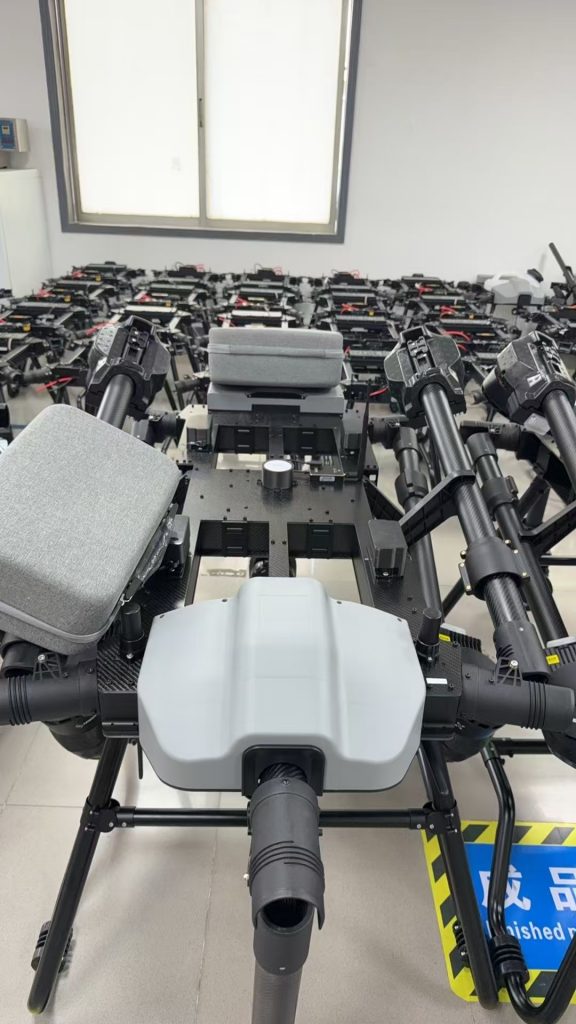
Wings Over the Baltic: How Chinese Agri-Drones Are Breathing New Life into Lithuania’s Family Farms
Lithuania’s countryside, a mosaic of golden wheat fields, dense pine forests, and farmsteads nestled beside glacial lakes, is a testament to resilience. For generations, its 28,000 family-run farms—most spanning 5–20 hectares—have tilled this land, growing rye, potatoes, and barley that feed the nation and supply high-quality dairy to Nordic markets. Yet beneath this pastoral idyll, challenges fester. An aging farmer base (the average age hovers near 58), a shrinking rural workforce as young Lithuanians move to Vilnius or Berlin, and increasingly erratic weather—harsh winters that freeze crops, summer droughts that wither grains—threaten the survival of these intimate, tradition-bound operations. It’s here, amid the clatter of tractor parts and the scent of drying hay, that an unassuming tool is taking flight: agricultural drones imported from China, now gliding over Lithuanian fields to prove that even the most tech-averse, tradition-rooted farms can thrive with the right innovations.
Lithuania’s Farms: Small Plots, Big Struggles
Lithuanian agriculture is defined by its scale and soul. In the west, near Klaipėda, farmers grow svogūnai (onions) and morkos (carrots) for export; in the east, Švenčionys’ dairy farms dot the landscape, their herds grazing on clover-rich pastures. Yet for all its charm, farming here is a daily act of balance.
“My family has farmed this 12-hectare plot in Panevėžys since 1952,” says Jonas, a 63-year-old wheat farmer. “Today, it’s just me and my daughter, Laura. Hand-spraying fungicides on 8 hectares takes three days—by then, the rust fungus has already spread. And last winter’s frost? It killed 20% of my rye. Young folks? They’re off to universities. Who will tend these fields if we can’t make farming sustainable?”
Climate change has sharpened these strains. Winters now bring -25°C freezes that crack soil, while summer heatwaves dry grain before harvest. EU sustainability rules demand sharper cuts in pesticide use—down 40% by 2030—while consumers increasingly seek “eco-friendly” produce. “We’re being asked to produce more with less,” adds Solveiga, who runs a family potato farm in Alytus. “But doing it by hand? Impossible. I can’t monitor 10 hectares of spuds for blight alone.”
Drones Built for Lithuania’s Land and Labor
When we first explored exporting to Lithuania, we didn’t just send drones designed for flat, open fields. We studied the country: its glacially carved terrain, dense forests bordering farms, and the quiet pride of its farmers in doing things “the Lithuanian way.” What emerged was a machine built not just for Lithuania’s climate, but for its culture of sąžiningumas (honesty) and resilience.
Tough and terrain-ready: With a 11-kilogram payload and a 21-minute flight time per battery, our drones handle Lithuania’s rocky soil and dense woodlands with ease. Their reinforced frames withstand impacts from fallen branches, and sealed batteries resist frost heave in winter—critical in a place where farms hug the edges of national parks. “In the past, my old sprayer got stuck in mud weekly,” Jonas laughs. “This drone? It launches in minutes, even after a spring thaw. It doesn’t freeze up—or complain.”
Precision for small, sacred plots: Multispectral sensors map crop health at the leaf level, flagging early signs of drought or pest damage. For Solveiga’s potato farm, this meant spotting blight spores before they spread—saving 35% of her crop last season. “The drone shows me exactly which rows need treatment,” she explains. “I spray just those. My potatoes now have a ‘low-chemical’ label—buyers in Riga love it.”
Simple to learn, proud to master: Many Lithuanian farmers are tech-curious but value tradition. We designed a Lithuanian-language app with one-touch “health scan” modes and paired it with workshops led by local agronomists in village community centers, over duona (dark rye bread) and gira (fermented rye drink). “I thought drones were for tech cities,” admits Laura, Jonas’ daughter, now a farm manager. “But after the training? I flew one myself. It’s like using a high-end camera—intuitive, and it makes me feel like I’m carrying on our legacy with the future. Now I’m teaching my granddad how to read the maps. It’s bringing us closer.”
More Than Machines: Trust in the Heart of the Baltics
In Lithuania, trust is earned over gira and duona and stories of partisan resistance. We didn’t just drop off drones; we set up a service hub in Vilnius and partnered with the Lithuanian Farmers’ Union to host “drone field days,” where farmers shared tips and celebrated small wins. “Lithuanian farmers are stubborn,” says Darius, the union’s rep. “They need to see results, not brochures. But once they do? They become our loudest advocates.”
That trust deepened when we adapted to their reality. During last year’s record drought, we rushed water-efficient nozzles to farmers using our drones. When Jonas struggled to map steep, forest-edged fields, our engineers adjusted the drone’s flight path algorithm to hug contours, avoiding crashes into pine canopies. “You didn’t just sell us a tool,” Solveiga says. “You stayed when the sky was ash-gray. That’s draugystė (friendship).”
Today, drones are quietly transforming Lithuanian farming:
-
Wheat Farms (Panevėžys): Jonas now monitors his crop weekly, cutting chemical use by 38% and reducing runoff into nearby lakes. “My yields are stable, but my daughter’s staying. She sees a future here—with drones.”
-
Potato Farms (Alytus): Solveiga uses drones to track blight outbreaks, treating small infestations before they spread. “Last year, I saved 35% of my spuds. The drone is my new scout—faster and kinder to the land.”
-
Dairy Pastures (Švenčionys): Farmer Danguolė uses drones to map pasture growth, optimizing grazing rotations. “Better grass means richer milk. My cheese now wins awards at the Vilnius Food Fair—and tourists love hearing about our ‘drone-tended’ cows.”
A Partnership Rooted in Respect
What began as a business deal has become a collaboration. Lithuanian farmers teach us about their land: how drones handle the country’s cold, wet springs, which crops (like svogūnai onions) need gentler spray settings, even which Lithuanian phrases make training stick (“Skraidyk, dronai!”—“Fly, drone!”—is now our workshop cheer). In return, we’re refining our drones: larger tanks for Panevėžys’ bigger wheat fields, quieter motors to avoid spooking forest deer, even solar panels to extend flight time in long summer days.
As Lithuania aims to boost organic farming by 30% by 2035, drones offer more than efficiency—they offer hope. They let young farmers like Laura see a future where technology and tradition coexist. They let elders like Jonas pass down their love of the land without burning out. And they let this Baltic nation prove that even in a world of mega-farms, small plots can thrive with the right tools.
So when you next see a drone gliding over Lithuanian wheat fields or potato patches, know this: it’s not just flying. It’s carrying the dreams of a community, the lessons of a factory halfway across the world, and the quiet belief that the most cherished traditions deserve the kindest, toughest innovations.
After all, in a place where the soil is rich with history, progress should feel like coming home—warmer, wiser, and ready to grow.
THE END

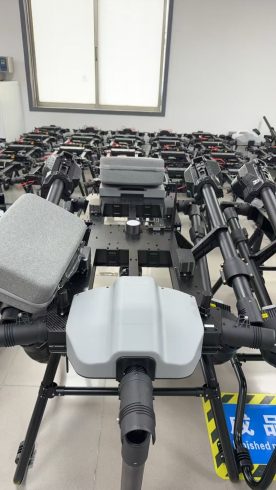
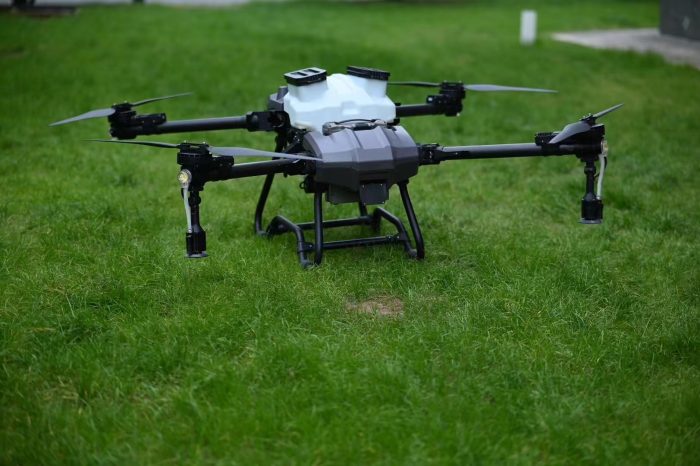
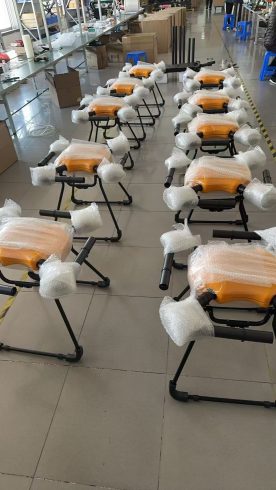
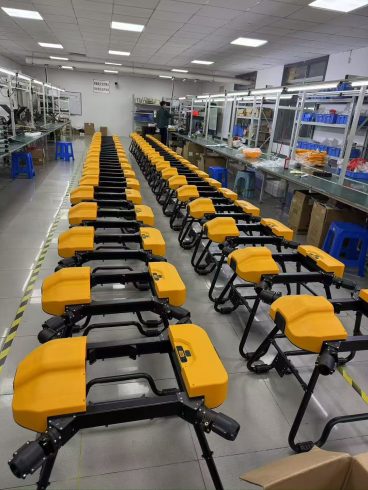


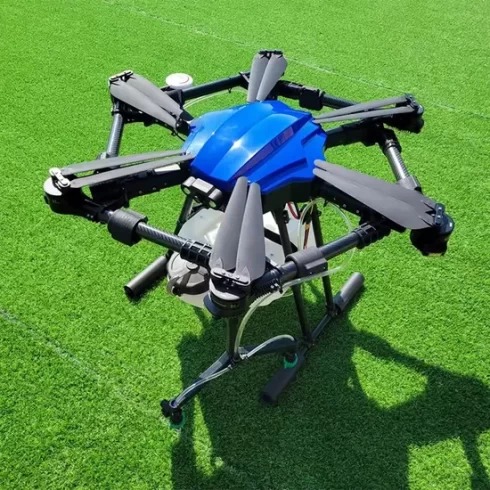


暂无评论内容